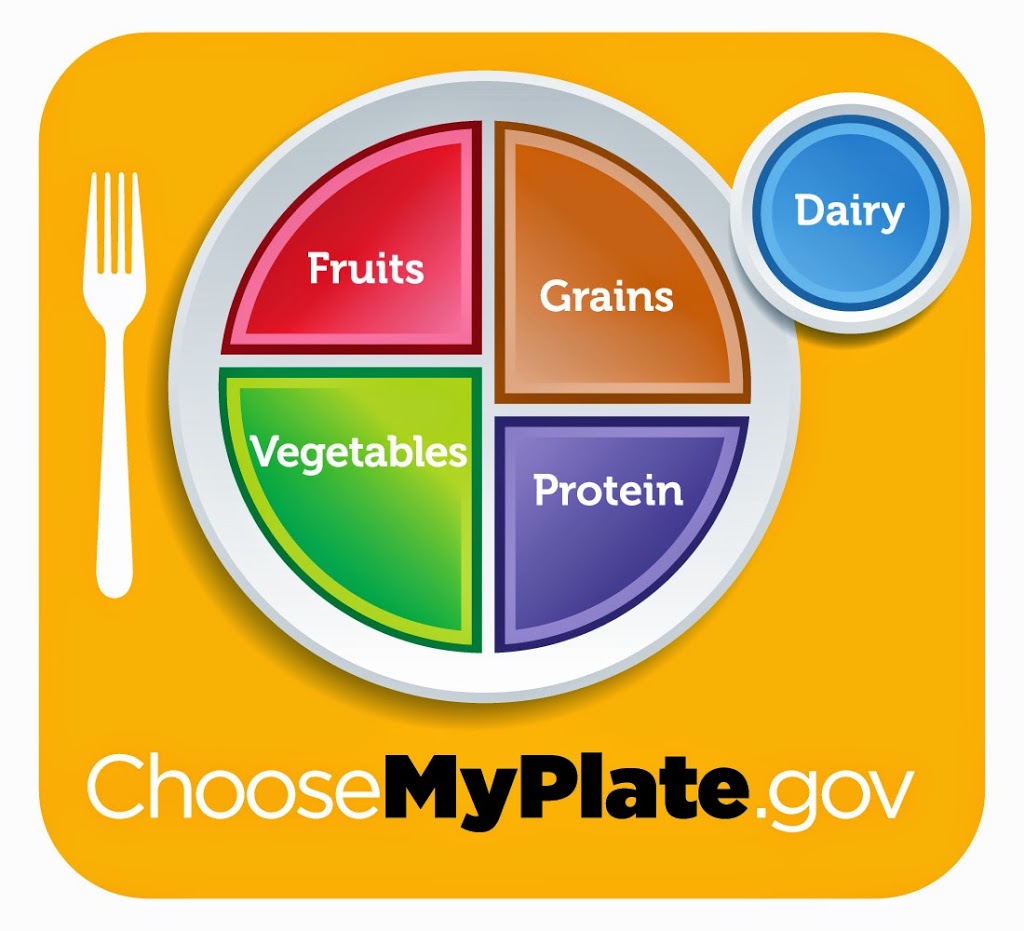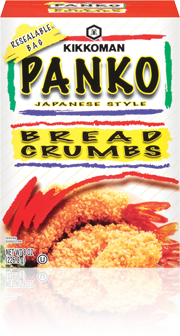Let’s start with the beginning.
Most people are overweight in the US. Recent studies show more than 60% of people 12 and older are overweight, and about half are clinically obese. It’s not getting better over time, it is getting worse.
But everyone already knows that, or if you don’t know that, I’m not sure where you are living. The US is big.
That was the origin of my blog and podcast. I wanted to help people reach their goals—all goals—including weight management. And my constant refrain is “calorie counting and move more than you used to.”
I still believe that to be the foundation of any successful weight management program. I use LoseIt to easily count my calories and my Fitbit to keep reminding me to walk more.
But, that is not enough. Or rather, maybe that is too much, at least in the beginning. Learning to eat the correct number of calories, and then log them all, and then create a new habit of walking more are three very large goals. They are worthy goals, but it is possible they are too large, too aggressive, and too monumental to talk all at once.
I am working with a weight loss client. Let’s call him “John”. We connect about three times a week with email, video mail and Skype calls. Last weekend we were talking about his strategy, and a phrase came to me. I told him that while his goal is large, we are going to focus on “Simple Small Successes”. Small goals that can build on each other, creating a succession of successful actions. We are going to set John up for success, because each goal has a very simple threshold. Success breeds success. As we move further into his program, the goals will continue to be simple, but eventually they will result in very large changes to his eating and living habits.
I started to think about how I can help more people. I’d love to be able to meet with all of my readers and listeners as I do with John (and it is possible for some) but until I am able to become a fulltime consultant and coach, I will give your advice here.
There are five areas that affect our eating habits, five locations that we can make very small changes to help you make better choices.
You will not need to buy different food, cook differently, or eat at different restaurants. You will not count calories, do special exercises, and go to meetings. In fact, there is only one thing you will need to purchase, and it will cost you only some spare change! But we will get to that in a bit.
But before I give you my ideas, I want to give full credit to Dr. Brian Wansinck. He is the author of two books about the habit of eating. “Mindless Eating” is an excellent discussion of our bad habits while eating. And we all have them. His newest book, “Slim By Design” takes his first book and adds many actions that will help the reader change their life. So to be clear, none of these ideas are mine. I am using his ideas. My words. His ideas.
We encounter food in four general places: home, the grocery store, the work place and restaurants. I am going to give you specific steps for each of those places. Remember, I am focusing on Simple Small Successes and each one of these ideas are free, simple and effective.
What are they?
Let’s start with the first idea, which can and should be used anywhere. Let’s consider the plate you use to eat.
The USDA has a complicated definition of how much of eat type of food to eat. And if you want to follow that, you will eat very healthy. But it is not simple, and remember this is all about “Small Simple Successes”.
So instead of the USDA plate with its four categories, I suggest an easier approach. It is simply eating with a “Half Plate Habit.” Take your plate—any plate—and visually divide it in half. That is easy enough, right?
Then—here comes the easiest part—when you eat, fill one half with fruits, vegetables and green leafy salads. Tuna pasta salad and potato salad do not count here. But all the steamed, roasted, grilled and raw veggies you like, your favorite fruits, and a nice salad with fresh greens, that will be how you fill half your plate.
The other half? Anything you want.
Seriously.
Anything you want, but with two rules: the food cannot extend over the edge, and you cannot pile food on top of other food. But otherwise, pizza, spaghetti, macaroni and cheese, BBQ ribs, quinoa salad can all go on this half. This is where the tuna pasta salad and potato salad will go, along with the onion rings, French fries, and brownies.
Wait a minute! Do I really think this will help you gain control over eating? It sounds like I am suggesting that pigging out is the answer to being overweight.
Yes. It will help. Think about it. First off, you only have half a plate to fill with the “pig out” food, and I limit it to not extending over the edges, and not piled high. So the reality is you will not get a lot on that plate. But the other half is full of the really good food, the healthy food. The fruits have sugars, which will satisfy your sweet tooth (and we all have one) while the veggies and their fiber help fill our stomach with bulk but not many calories.
But the real magic happens when you decide you want that extra piece of pizza. When you get up to go get it, you then remember that you will also need to eat a half plate of fruit and veggies, too. Many times, you will decide that maybe you really do not want that pizza that badly, and you will stop eating, and very likely eat much less than you normally would have eaten.
What happens if you cheat and take the pizza but not the fruit and veggies? Well, yes it is cheating, but the only person who loses is you. This “Half Plate Habit” will only work if you really want it to work. It will be the most difficult of my five suggestions, but it is the most important, because you will be able to use this everywhere: at home, at a family gathering, at an all you can eat buffet, and at work.
This one habit will be the first habit to propel you to success.
That is my first “secret” trick to gain control over your eating habits. This trick can be–should be–used everywhere you eat.
Tomorrow we will go to a specific place of food, and give you a simple and extremelt inexpensive trick to help you maintain control.
If you do not want to wait for the next blog post to reveal and explain the next tip for control, you can listen to my podcast http://makeyoursomedaytoday.com/5Tricks and hear all of them.









